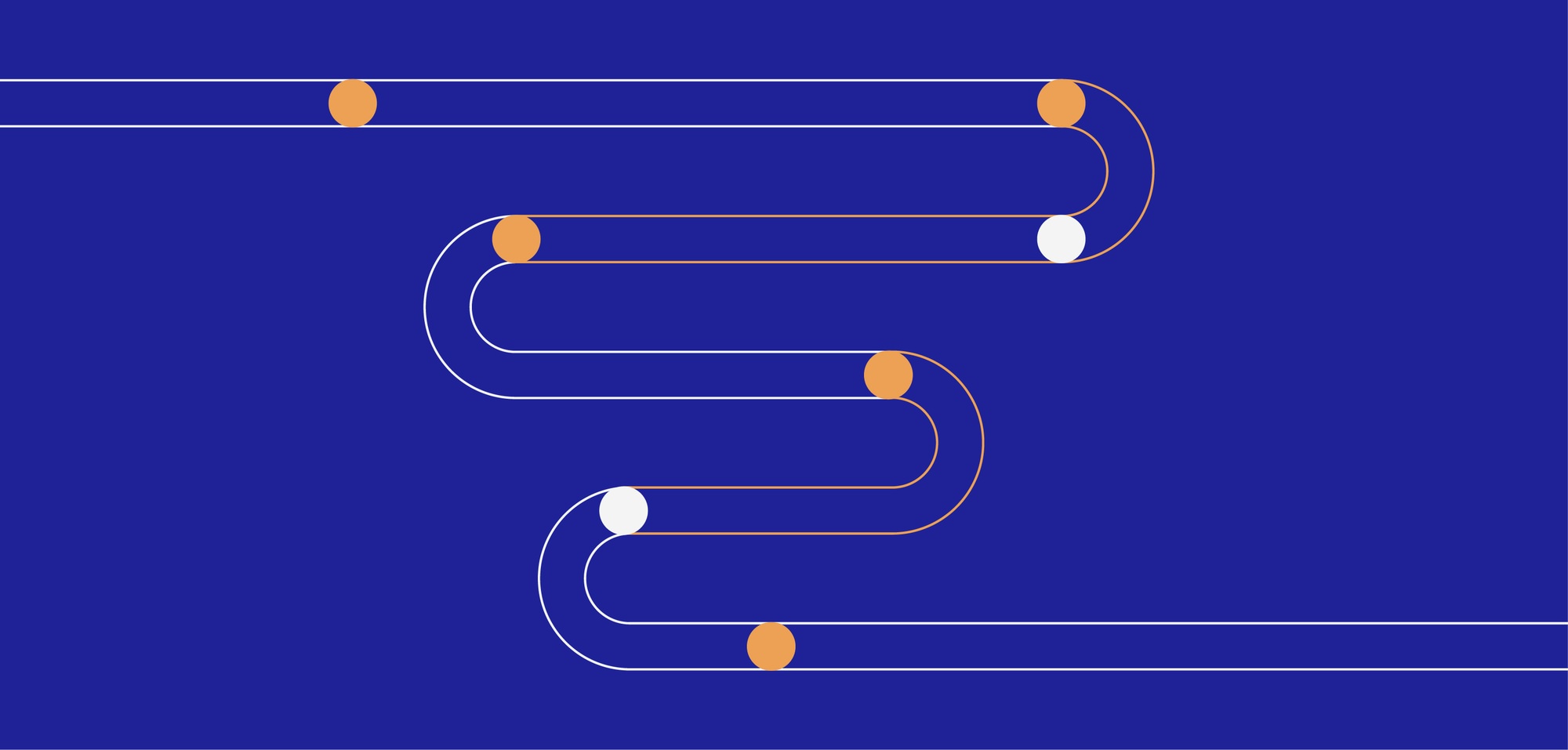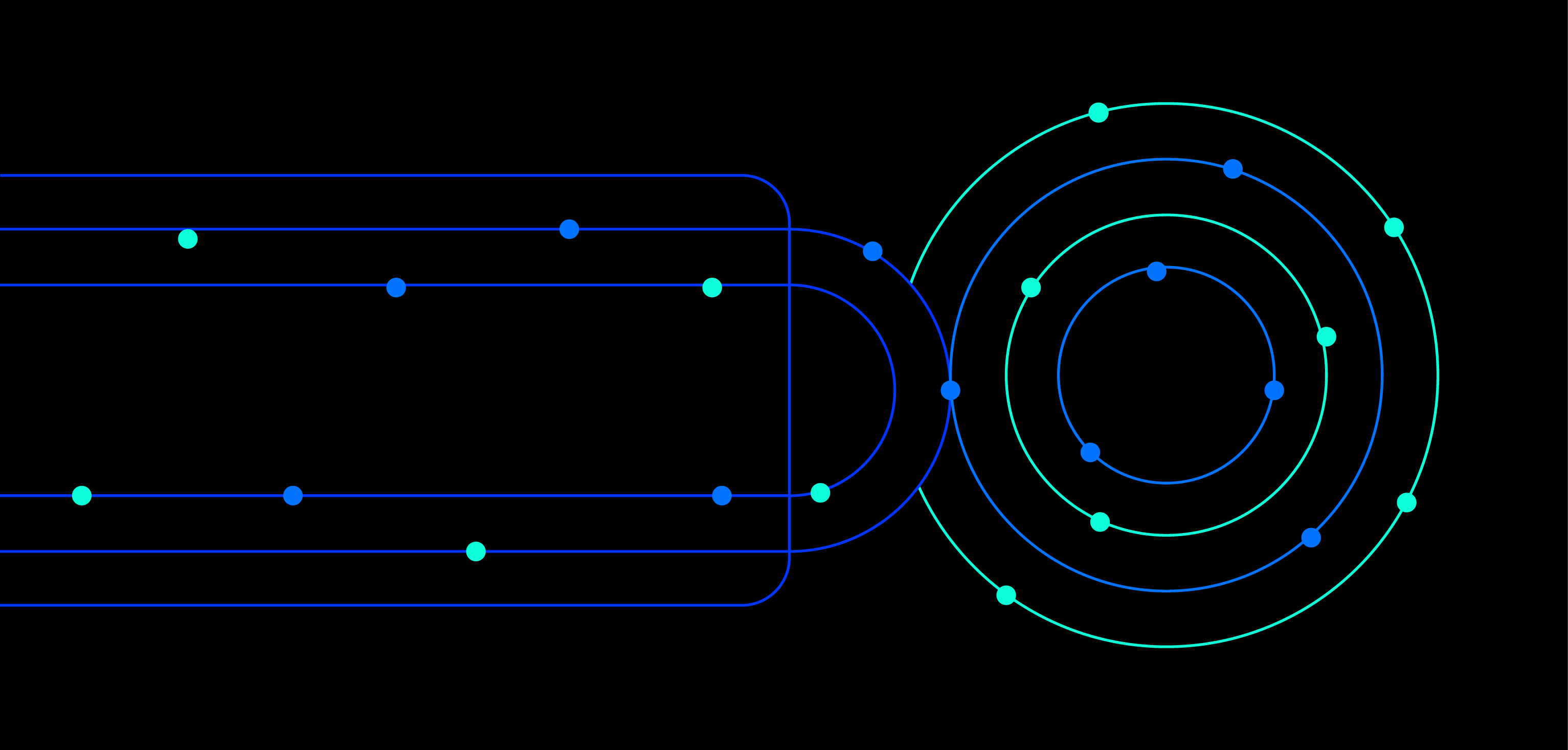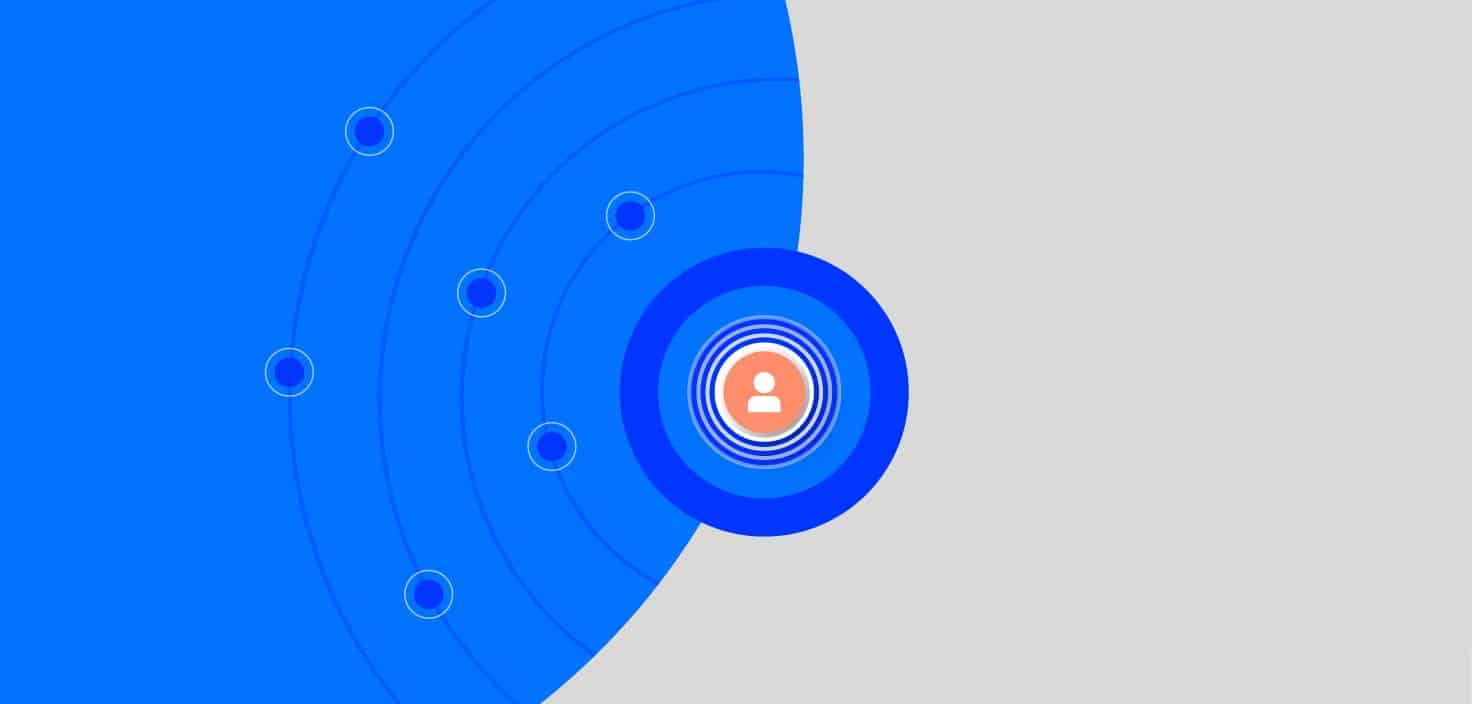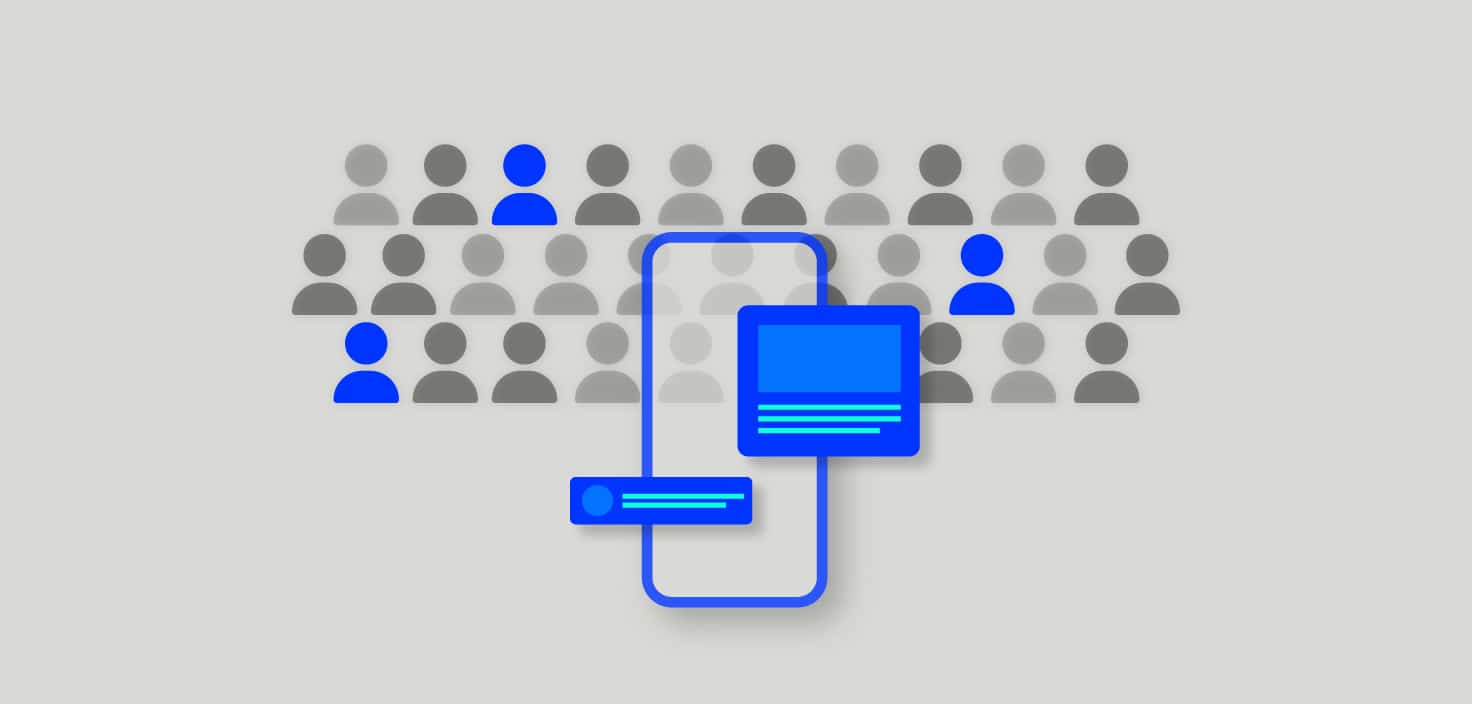How to Perform Customer Behavioral Segmentation in 5 Steps
- Reading Time: 8 minutes
In today’s competitive market, understanding customers’ behaviors is more critical than ever. Traditional methods of customer segmentation, which rely solely on demographic information, often fall short in capturing the nuances of customer preferences and behaviors. This is where customer behavioral segmentation comes into play. By focusing on the actions and habits of customers, businesses gain deeper insights into what drives purchasing decisions and fosters customer loyalty.
With the help of platforms like Dataroid, businesses can tailor their marketing strategies to meet the unique needs and preferences of each customer group. This approach not only boosts the effectiveness of campaigns but also leads to more personalized customer experiences and higher satisfaction rates.
What is Customer Behavioral Segmentation?
Customer behavioral segmentation involves dividing customers into distinct groups based on their behaviors, such as purchasing patterns, engagement with a brand, and overall interactions. Also, customer segmentation allows businesses to tailor their marketing strategies to meet the specific needs and preferences of each group, leading to more effective marketing campaigns and improved customer satisfaction.
According to Gartner, by 2025, 80% of customer interactions will be managed with AI and machine learning technology. This shift underscores the increasing importance of leveraging advanced analytics and machine learning algorithms in customer behavioral segmentation. As banks and other financial institutions adopt these technologies, they can achieve more accurate and actionable insights, leading to more personalized customer experiences and improved operational efficiency.
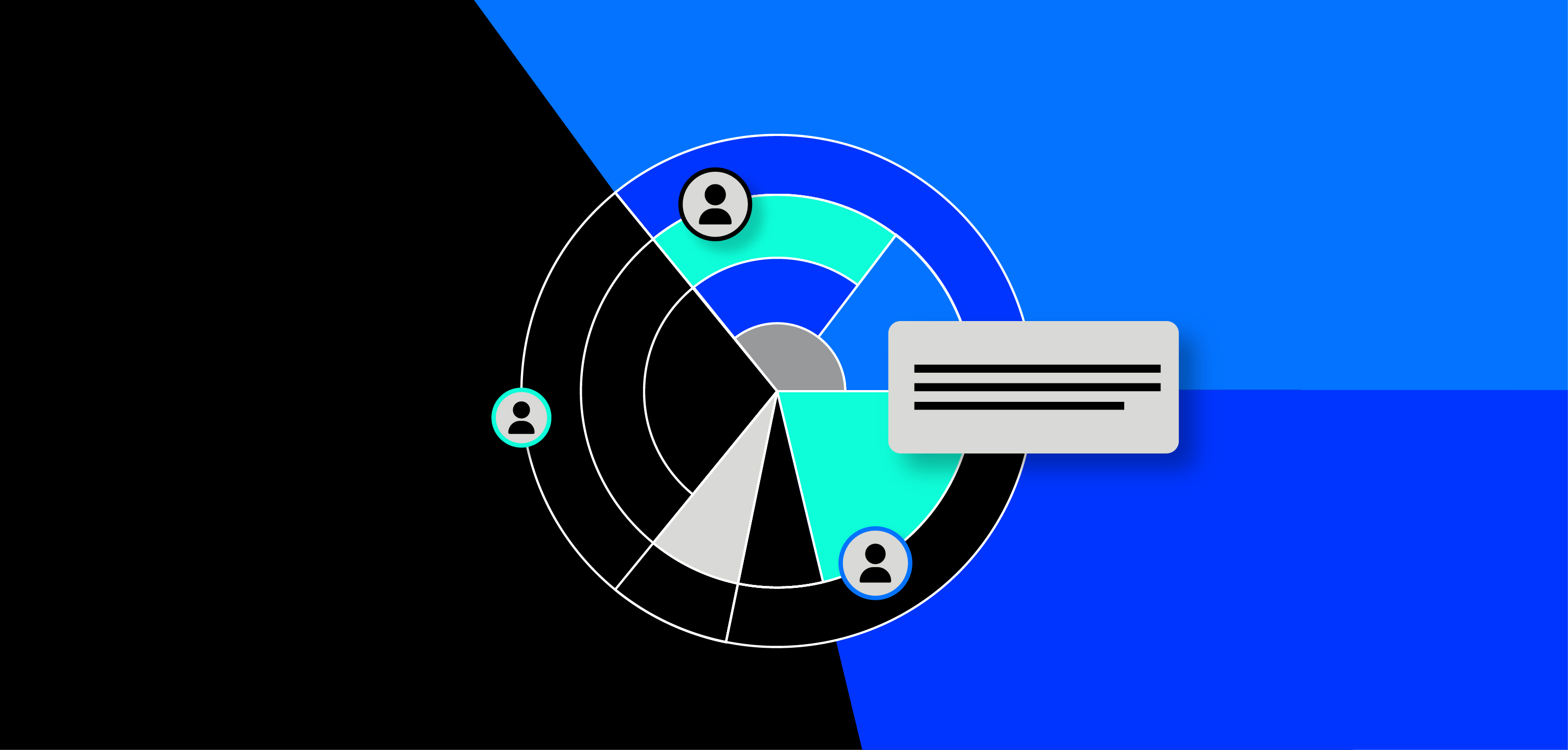
Why is Customer Behavioral Segmentation Important?
Understanding customer behavior is crucial for businesses aiming to create targeted marketing strategies, enhance customer experiences, and increase retention rates. Behavioral segmentation helps identify which customers are most likely to purchase specific products, respond to certain marketing messages, or remain loyal over time. This leads to more efficient allocation of marketing resources and better customer relationship management.
For instance, banks are personalizing banking offers with behavioral segmentation, which results in increased conversion rate. Given that acquiring a new customer can cost between 5 to 7 times more than retaining an existing one, banks focus on personalized offers to strengthen their relationship with current customers, who are essential for long-term profitability. This strategic approach has led to significant increases in customer retention rates, ultimately driving overall growth.
Sign up to drive your business with the power of data
4 Benefits of Customer Behavioral Segmentation
Customer behavioral segmentation provides 4 key benefits, including:
- Personalized Marketing Campaigns: By understanding the specific behaviors and preferences of different customer segments, businesses can create targeted marketing messages that resonate more effectively with each group.
- Improved Customer Retention: Identifying the behaviors of loyal customers helps businesses develop strategies to increase retention across other segments.
- Enhanced Product Development: Insights from behavioral segmentation can inform product development, ensuring that new offerings meet the needs of specific customer groups.
- Optimized Customer Experience: Tailoring the customer experience to meet the preferences of different segments leads to higher satisfaction and engagement.

How to Conduct Customer Behavioral Segmentation?
Implementing customer behavioral segmentation involves a structured approach. Here is a step-by-step guide to help businesses get started:
Step 1: Define the Business Goals
Begin by clearly defining the key business goals. Determine what you aim to achieve with customer segmentation, such as improving customer retention, increasing sales, or enhancing customer satisfaction. These goals will guide the approach to collecting and analyzing customer data.
Examples:
- If the goal is to improve customer retention, focus on identifying the behaviors of the most loyal customers and developing strategies to encourage similar behaviors in other segments.
- If the goal is to boost sales, look for patterns in purchasing behavior to identify what motivates purchases and when customers are most likely to buy.
- If the goal is to enhance the customer journey, focus on understanding the touchpoints that lead to high engagement and satisfaction.
Step 2: Collect Customer Data
Collect comprehensive customer data from various sources such as transactions, feedback forms, social media interactions, and website behavior.
Detailed Methods:
- Transactions: Track purchase history, including frequency, volume, and types of products purchased.
- Feedback Forms: Gather direct customer opinions through surveys and feedback forms.
- Social Media Interactions: Monitor customer preferences, sentiments, and engagement on social media platforms.
- Website Behavior: Use tools to understand navigation patterns and user paths on your website.
Step 3: Analyze and Organize Data
Analyze the collected data to identify trends and patterns. Use advanced analytics tools to segment customers based on their behaviors. Follow these best practices for effective segmentation:
Best Practices:
- Limit the number of segments: Create between 3–8 segments to ensure they are manageable and insightful.
- Look for tipping points: Identify moments or thresholds where customer behavior changes significantly.
- Ensure segments are mutually exclusive and collectively exhaustive (MECE): Make sure your segments cover all customers without overlapping.
- Focus on areas with significant gaps: Prioritize segmenting users where there are gaps in your knowledge about customer behavior.
Step 4: Implement Segmentation Strategies
Put the customer segments into action by tailoring the marketing and product strategies to each segment. Use the insights gained from segmentation and real-time behaviours to create personalized marketing campaigns, develop products that meet specific customer needs, and improve customer engagement.
Examples:
- Personalized Marketing Campaigns: Craft campaigns that resonate with specific customer segments, such as high-value, loyal customers, or new users.
- Product Development: Develop or modify products based on the preferences and needs of different segments.
- Customer Engagement: Use targeted communication strategies to enhance engagement and satisfaction for each segment.
Step 5: Regularly Review and Update Segments
Customers’ behaviors and needs change over time, so it is essential to regularly review and update the segments. This ongoing analysis will help you adapt your strategies and stay aligned with customer expectations.
Continuous Improvement:
- Regularly track changes in customer behavior, identify emerging trends, and adjust your segments accordingly.
- Dataroid’s platform allows for continuous data monitoring and provides real-time insights, making it easier to keep your segments up-to-date and relevant.
5 Key Factors in Customer Behavioral Segmentation
To effectively segment customers based on their behaviors, it is essential to consider various factors that influence actions and decisions. These key factors provide a comprehensive understanding of customers, enabling the creation of more targeted and effective marketing strategies.
Analyzing Demographic and Psychographic Factors
Understanding the demographics (age, gender, income) and psychographics (lifestyle, values, interests) of your customers can provide deeper insights into their behaviors. This data helps in creating more personalized marketing messages and product offerings.
Examining Purchase Behaviors
Analyzing purchase history and patterns can reveal what products are popular among different segments, peak purchasing times, and the frequency of purchases. This information is crucial for inventory management and targeted promotions.
Identifying Customer Motivations and Needs
Identifying the underlying motivations and needs driving customer behavior allows businesses to create more compelling value propositions and improve customer satisfaction.
Engagement Patterns and Channel Preferences
Understanding how and where customers engage with your brand—whether through social media, email, or in-store visits—helps tailor your communication strategies to meet customers where they are.
Loyalty and Retention Analysis
Analyzing loyalty and retention data helps identify what keeps customers coming back and what might be causing churn. Strategies can then be developed to enhance customer loyalty and reduce churn rates.
Dataroid: Digital Analytics for Customer Behavior Segmentation
Dataroid provides businesses with powerful tools to perform customer behavioral segmentation effectively.
With Dataroid, businesses can:
- Collect Detailed Data: Gather comprehensive data on customer interactions across multiple channels, ensuring a complete view of customer behavior.
- Analyze Customer Behavior: Use advanced analytics to identify patterns and segment customers based on their behaviors, providing a deeper understanding of customer preferences.
- Implement Personalized Strategies: Develop tailored marketing campaigns and product strategies to meet the needs of each customer segment, enhancing the effectiveness of campaigns.
- Monitor and Update Segments: Continuously track changes in customer behavior and update segments to ensure they remain relevant and effective, facilitated by real-time insights from Dataroid.
By integrating Dataroid into the customer segmentation process, businesses can transform raw data into meaningful insights, driving better business decisions and enhancing overall customer satisfaction.
Key Takeaways
Customer behavioral segmentation is essential in today’s competitive market, allowing businesses to understand and meet customer needs more effectively. By focusing on actions and habits, businesses can develop targeted marketing strategies that enhance engagement, satisfaction, and loyalty. The five-step process includes defining business goals, collecting comprehensive customer data, analyzing, and organizing the data, implementing segmentation strategies, and regularly reviewing and updating segments.
Utilizing platforms like Dataroid can streamline data collection and analysis, making the process more efficient and insightful. This approach improves marketing effectiveness, informs product development, and optimizes customer experiences, ensuring businesses can continuously adapt to changing customer behaviors.
Frequently Asked Questions
What is segmentation in consumer behavior?
Segmentation in consumer behavior refers to dividing the market into distinct groups based on specific behavioral patterns, enabling businesses to tailor their strategies to meet the unique needs of each segment.
What are the challenges of customer behavioral segmentation?
Customer behavioral segmentation can be challenging due to the complexity of data collection and analysis. Ensuring data accuracy, integrating data from multiple sources, and keeping segments up to date with changing customer behaviors are some of the primary obstacles.
What types of data are useful for customer behavioral segmentation?
Useful data includes purchase history, feedback forms, social media interactions, and website behavior, which can be gathered using platforms like Dataroid.
What is the role of machine learning in customer behavioral segmentation?
Machine learning algorithms play a crucial role in customer behavioral segmentation by analyzing vast amounts of data to identify patterns and segment customers efficiently. This technology enhances the accuracy of segmentation, making it more actionable and helping businesses to tailor their marketing strategies.
What role does customer behavioral segmentation play in product development?
Customer behavioral segmentation provides insights into specific needs and preferences of different customer groups, informing product development to better meet these needs and enhance customer satisfaction.
YOU MAY ALSO LIKE
User Path Analysis: How to Understand and Improve Your Customer Journey
What is User Segmentation? A Complete Guide to Targeting Your Audience
Top 6 Strategies for Increasing Customer Loyalty
The Importance of Event Tracking in Banking
Enhance Personalized Banking Offers with Behavioral Insights
Drive your digital growth
Schedule a demo today to learn more on how we can help you unleash the potential of digital using Dataroid.
